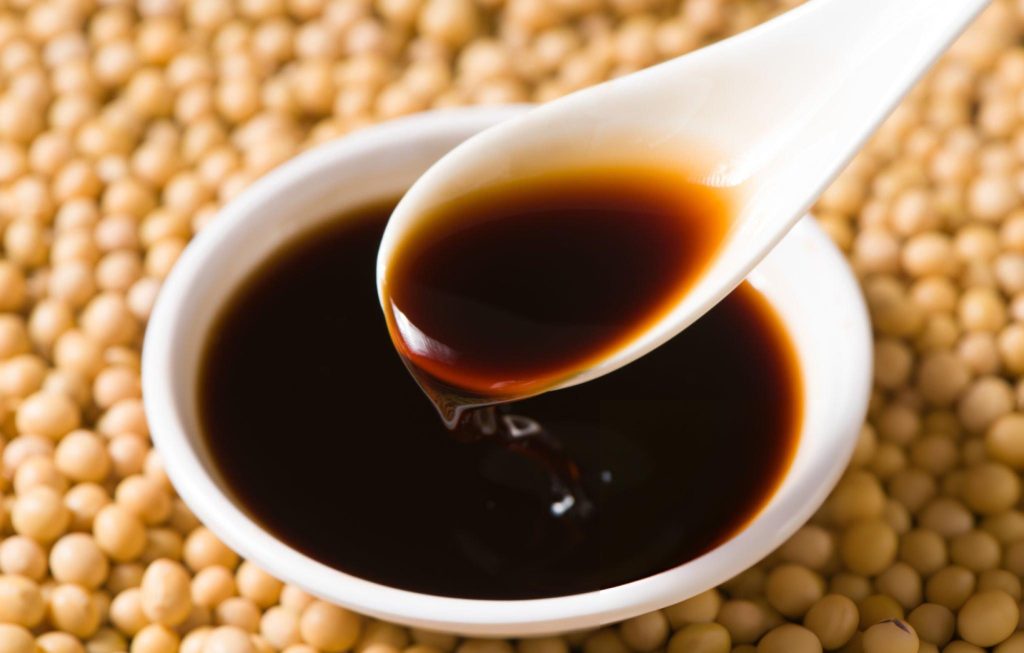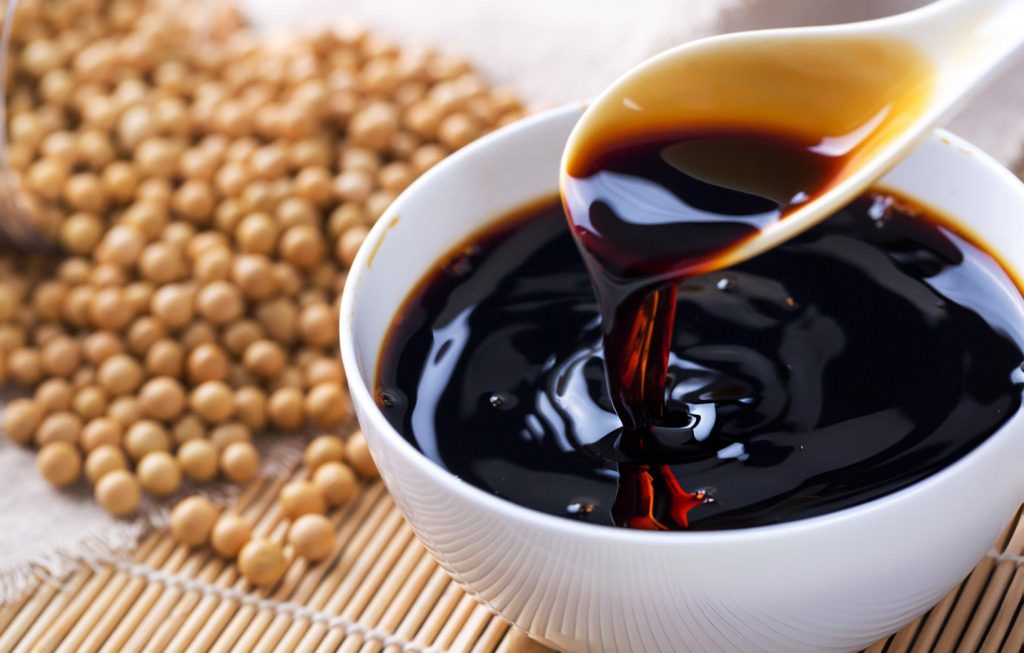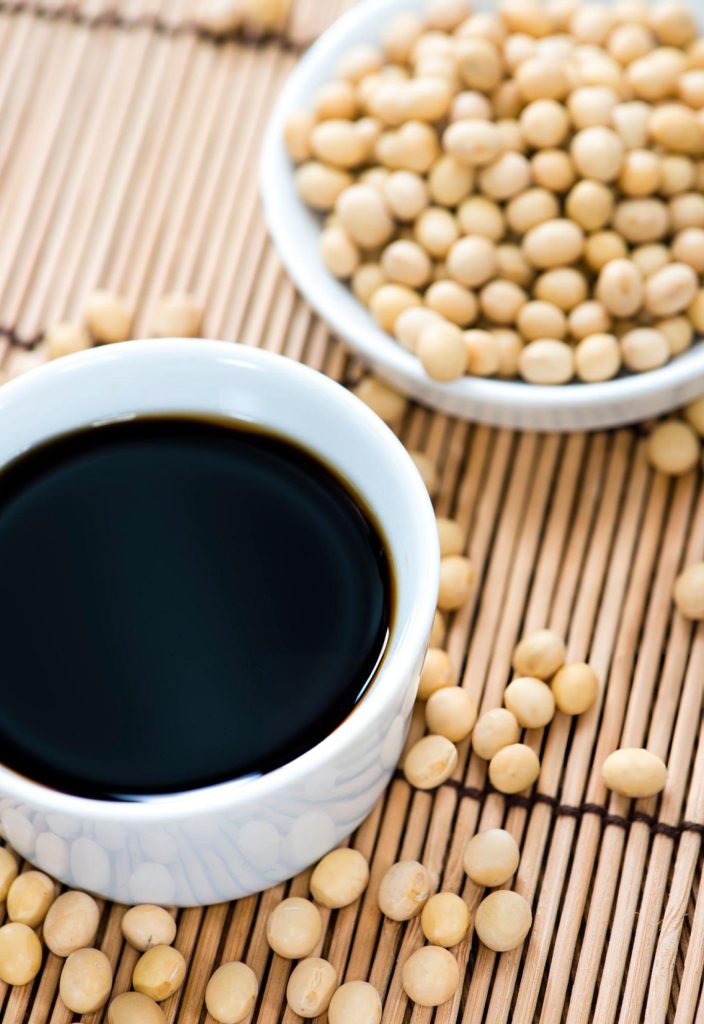Eel Sauce Recipe
When it comes to enhancing the flavor of sushi, grilled eel, or other Asian-inspired dishes, few condiments can compete with eel sauce. This rich, thick, and flavorful sauce packs an umami punch that transforms any dish it touches. Whether you’re drizzling it over rice bowls or using it as a dip for dumplings, eel sauce is a versatile homemade addition to your kitchen that requires just a handful of ingredients and a few simple steps. Let’s dive into the recipe and tips to make this delicious sauce a staple in your home.

Ingredients and Preparation
Crafting eel sauce is all about striking the perfect balance between savory, sweet, and thick. Each ingredient plays a crucial role in achieving this harmony.
Mirin provides sweetness with a slight tang, adding depth to the sauce that pairs beautifully with the saltiness of the soy sauce. It’s this sweetness that mellows out the stronger flavors, making the sauce well-rounded.
Soy Sauce acts as the base, delivering an unmistakable umami hit. Its saltiness brings the sauce to life, anchoring the sweetness of the sugar and mirin with a savory richness.
Granulated Sugar ensures the sauce isn’t overwhelmed by the salt. The sugar complements the soy sauce, bringing the right amount of sweetness and contributing to the signature caramelized consistency once it’s simmered.
Finally, the Cornstarch and Water Mixture is essential for thickening. While the soy sauce and sugar reduce on their own, the slurry helps bind everything together, ensuring a smooth, glossy finish that sticks to whatever you pour it over.
Ingredient Substitutions and Adjustments
Sake Instead of Mirin:
If you want a deeper flavor profile, sake can be a great substitute for mirin. Sake brings a more intense taste that can offer complexity, but you may need to adjust the sugar to balance the bitterness.
Low-Sodium Soy Sauce:
To make the sauce less salty, opt for low-sodium soy sauce. This is particularly useful if you’re serving the sauce with already seasoned foods.
A Dash of Rice Vinegar:
For an extra layer of tanginess, a splash of rice vinegar can brighten the sauce. It cuts through the richness, making it ideal for lighter, fresher dishes like salads or grilled vegetables.
Step-by-Step Cooking Instructions
Making eel sauce is simple, but a few key steps ensure it turns out perfectly each time.
Preparing the Base
Start by combining the soy sauce, mirin, and sugar in a small saucepan. Stir them together over medium-high heat until the sugar dissolves completely, forming the foundation of the sauce. It’s important to keep an eye on the heat level—too high, and the sugar could burn, leaving a bitter aftertaste.
Simmering to Perfection
Once your mixture reaches a gentle boil, reduce the heat to medium-low and allow it to simmer. This is where the sauce begins to thicken and intensify in flavor. Let it simmer for about 5 to 10 minutes, stirring occasionally. The longer you simmer, the thicker the sauce becomes, as the water evaporates and the sugars caramelize.
Thickening the Sauce
To achieve the perfect texture, you’ll need to add the cornstarch slurry. Gradually pour the cornstarch mixture into the simmering sauce while stirring continuously. This step prevents lumps from forming and ensures the sauce remains smooth. Continue to cook for an additional 2 to 3 minutes until the sauce coats the back of a spoon. If you desire a thicker consistency, you can reduce it further.

Recipe Tips & Frequently Asked Questions
Achieving the Perfect Consistency:
Adjust the thickness by controlling how long you simmer the sauce and how much cornstarch you use. For a thinner sauce, reduce the simmering time or use less cornstarch.
Storing and Reheating:
Store leftover eel sauce in an airtight container in the refrigerator for up to two weeks. Reheat it gently over low heat, adding a little water if it’s too thick after refrigeration.
Flavor Enhancements:
For a spicier kick, add minced garlic, ginger, or a pinch of chili flakes. These small additions can completely transform the sauce depending on your dish.
Can I Make Eel Sauce in Advance?
Yes, eel sauce can be made ahead of time and stored in the fridge for up to two weeks. Reheat as needed, adding water to thin it out if necessary.
Is Eel Sauce Made with Actual Eel?
Despite its name, eel sauce contains no eel. It’s traditionally used as a glaze for grilled eel in Japanese cuisine, which is how it got its name.
Can I Freeze Eel Sauce?
Eel sauce freezes well. Store it in an airtight container or freezer bag for up to 3 months. To thaw, let it sit in the fridge overnight and reheat gently on the stove.
How Long Does Homemade Eel Sauce Last?
In the refrigerator, homemade eel sauce can last for about two weeks. Keep an eye out for changes in texture or smell, which indicate it’s time to toss it out.
What to Serve With This Recipe
This versatile sauce elevates various dishes, adding a rich, umami depth that pairs beautifully with both savory and slightly sweet foods.
Perfect Pairings
Eel sauce complements a wide range of dishes. It’s commonly served with sushi, especially rolls that contain eel or avocado, but it can also enhance grilled seafood like salmon or shrimp. The sweetness balances the natural flavors of the fish, while the thickness makes it ideal for drizzling or dipping.
Drizzle Over
Beyond seafood, eel sauce can be drizzled over rice bowls, stir-fried vegetables, or even teriyaki chicken. Its caramelized sweetness brings out the natural richness of the meat and adds complexity to otherwise simple dishes.
Dipping Delight
Use eel sauce as a dipping sauce for tempura, dumplings, or even spring rolls. The thick, sticky texture makes it perfect for dipping, and its rich flavor provides a satisfying contrast to the crispy exterior of fried foods.
Recipe Tips Recap
To make sure your eel sauce turns out perfectly every time, here’s a quick recap of the most important tips:
Simmer the sauce slowly to achieve the right thickness.
Use a cornstarch slurry to help bind the ingredients together smoothly.
Store leftovers in the refrigerator for up to two weeks or freeze them for later use.
This eel sauce recipe is a must-try for anyone looking to enhance their homemade sushi, grilled seafood, or stir-fry dishes. With just a few simple ingredients and steps, you’ll have a rich, umami-packed sauce that adds a professional touch to any meal. Whether you’re using it as a glaze, drizzle, or dip, eel sauce is a versatile and flavorful addition to your kitchen repertoire.

Ingredients
½ cup mirin
½ cup soy sauce
½ cup granulated sugar
1 tablespoon cornstarch
2 tablespoons water
Instructions
In a small saucepan, combine the mirin, soy sauce, and sugar.
Place the pan over medium-high heat and bring the mixture to a gentle boil. Once boiling, reduce the heat to medium-low and allow it to simmer for 5 to 10 minutes, stirring occasionally, until the sauce has thickened and reduced.
In a separate bowl, whisk together the cornstarch and water to create a smooth slurry.
Slowly pour the slurry into the simmering sauce, stirring continuously to ensure it fully incorporates.
Let the sauce cook for an additional 2 to 3 minutes, or until it reaches a thickness that can coat the back of a spoon. If you prefer a denser sauce, you may continue to reduce it further.
Remove the saucepan from the heat and allow the sauce to cool completely before serving.

Eel Sauce Recipe
Ingredients
- ½ cup mirin
- ½ cup soy sauce
- ½ cup granulated sugar
- 1 tablespoon cornstarch
- 2 tablespoons water
Instructions
- In a small saucepan, combine the mirin, soy sauce, and sugar.
- Place the pan over medium-high heat and bring the mixture to a gentle boil. Once boiling, reduce the heat to medium-low and allow it to simmer for 5 to 10 minutes, stirring occasionally, until the sauce has thickened and reduced.
- In a separate bowl, whisk together the cornstarch and water to create a smooth slurry.
- Slowly pour the slurry into the simmering sauce, stirring continuously to ensure it fully incorporates.
- Let the sauce cook for an additional 2 to 3 minutes, or until it reaches a thickness that can coat the back of a spoon. If you prefer a denser sauce, you may continue to reduce it further.
- Remove the saucepan from the heat and allow the sauce to cool completely before serving.

